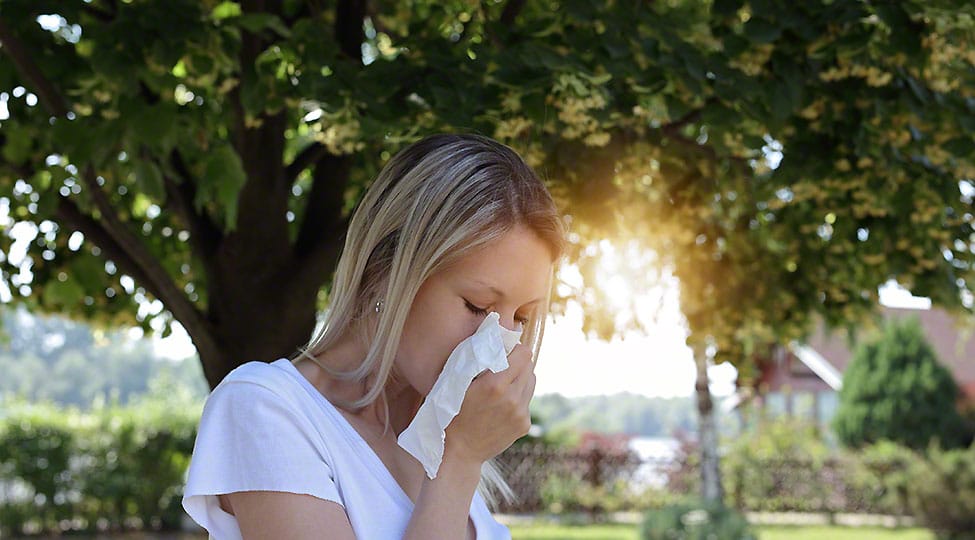
The most common seasonal allergies
Do you suffer from any particular type of allergy? Did you already get an allergy testing for your condition? Once you know that you are suffering from a particular allergy type, you can take precautions to keep the symptoms at bay. And in that regard, this article is surely going to help you a lot!
There are many different types of seasonal allergies. Many of them strike at the same time during the year. For instance, pollen grain allergies usually spike up right before the spring season. Similarly, other allergies may only begin later until the winter.
Common Allergy Months
In this article, we put together common allergy months and talk about the allergies that flare up in these months. This way, you can easily figure out in which months you need to stay cautious. These include the following:
January
During January, winter is at its peak. At this point, you will not find a lot of pollen floating in the air. However, if you crank up the heat inside your house, it can kick house dust up and result in winter allergy.
In case you are allergic to stuff like dust, then chances are that your allergy will flare up pretty bad. And allergies in the winter can be just as nasty as allergies in fall and spring.
Now, there are a number of ways using which you can reduce the exposure to dust in your house during the winter season. Firstly, keep the humidity level of your house less than 55%. For this, you can use vacuums with HEPA filters on a regular basis. At the same time, cover the mattresses and pillows with dust-mite covers.
February
In February, most allergies flare up due to dust and mold. However, if mold and dust are not an issue for you, the trees can also trigger your allergy symptoms. However, this will depend on which part of the world you are living in.
In some parts of the US, for instance, you can see pollen grains in the air in February. Very commonly, trees including Sycamore, walnut, pecan, hickory, olive, elm, and catalpa can trigger your allergy symptoms in February.
The symptoms of these allergies are the same as the ones that you suffer from during spring. These symptoms include nasal congestion, sneezing, and watery eyes.
April
April is the time of the year when most people suffer from allergies. Of course, it is also considered as the most colorful month. During this month, you can see flowers blooming with trees full of fruits. However, this also means that allergens such as pollen grains are widespread in the air.
This pollen comes from grass, flowers, and other plants. Hence, April can be a miserable time for those who suffer from severe pollen allergies.
July
In July, pollens come to rest. Hence, most allergies in this month do not come from pollen grains. However, unfortunately, some people are also allergic to seeds and fungus spores. Furthermore, if you are also allergic to molds, then July can be a tough month for you.
Just do whatever you can to keep your symptoms at bay, especially if you suffer from a severe form of mold allergy.
Conclusion
Seasonal allergies in the US mostly flare up in the above-mentioned months. So, those who suffer form pollen or mold allergies should take special care in these months. Before the symptoms turn bad, it is always beneficial to find allergy doctor. Just make sure that you are getting proper treatment and medica assistance in case your symptoms flare up. This can save your life and keep you healthy.
